Resealable Mylar Bags: Engineering the Future of Premium Protection
The resealable mylar bag has undergone a quantum leap – evolving from basic storage to an intelligent preservation ecosystem. Where conventional zip pouch food packaging offered elementary containment, today’s solutions integrate space-grade materials, circular economy principles, and digital intelligence to defend premium contents against time, temperature, and transit.
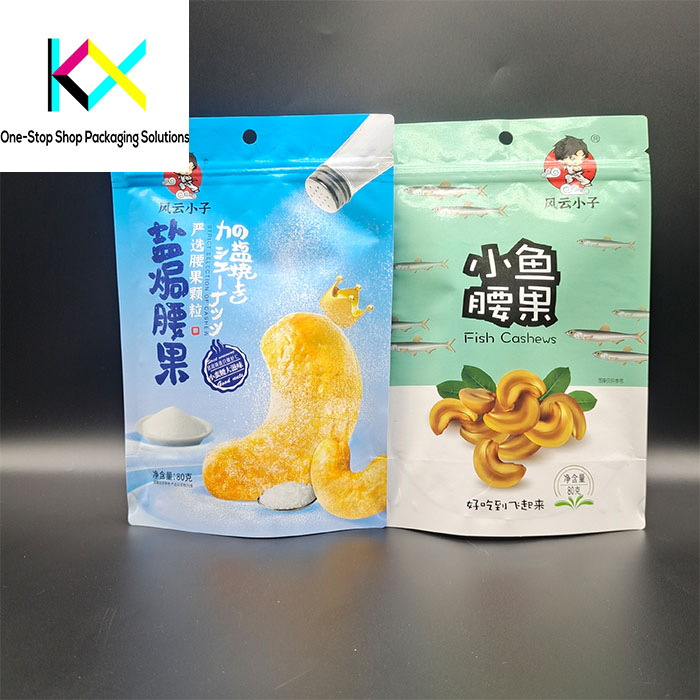
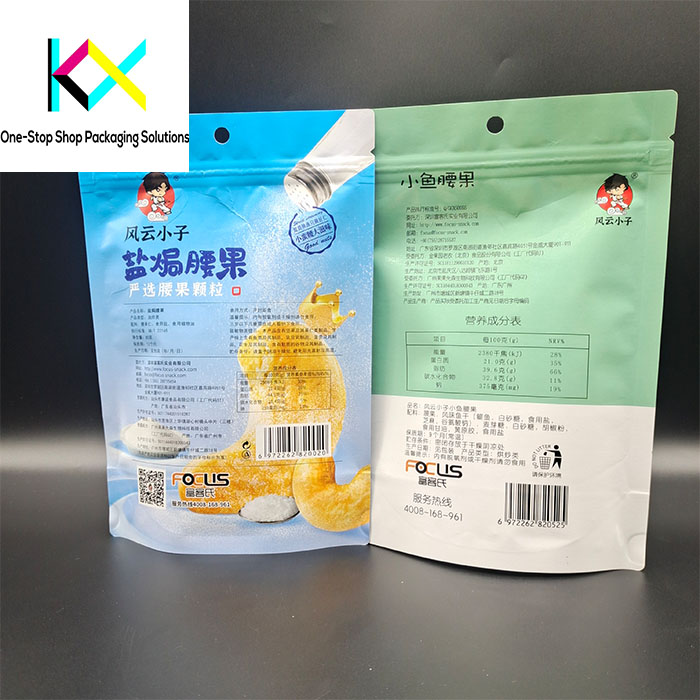
Material Science Revolution
Modern resealable mylar bag architectures now deploy nanotechnology for unprecedented defense:
Ceramic nanocomposite barriers achieving near-zero 0.001 cc/m²/day oxygen transmission rates – surpassing traditional foil laminates while maintaining recyclability.
Phase-change thermal panels embedded within gussets actively absorb shipping temperature spikes, maintaining critical temperature windows for sensitive supplements and gourmet foods.
Self-regulating humidity membranes utilizing silica extracted from rice husk agricultural waste automatically maintain 15-25% relative humidity without desiccant packets.
Epic Provisions’ 24-month jerky freshness trials demonstrate triple the shelf life of conventional zip pouch food packaging. The emerging frontier? Algae-synthesized biopolymers replacing petroleum-based layers while providing natural UV screening through integrated carotenoid pigments.
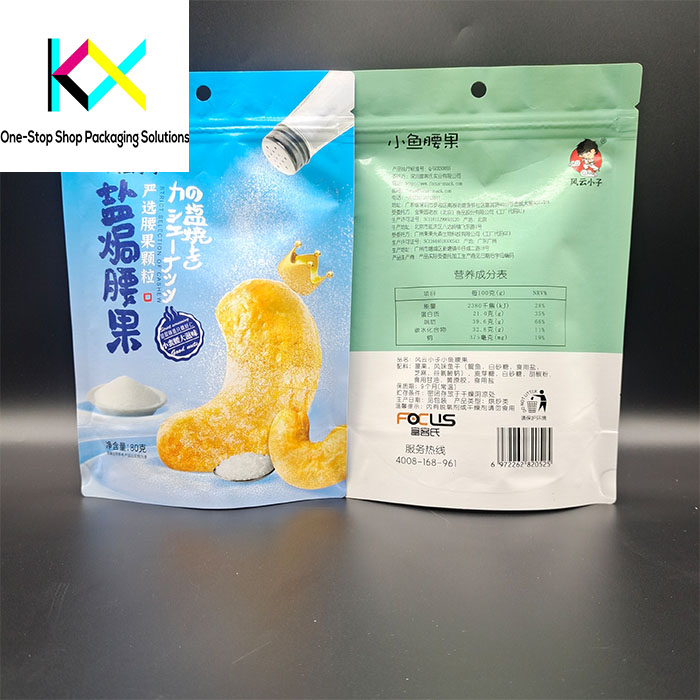
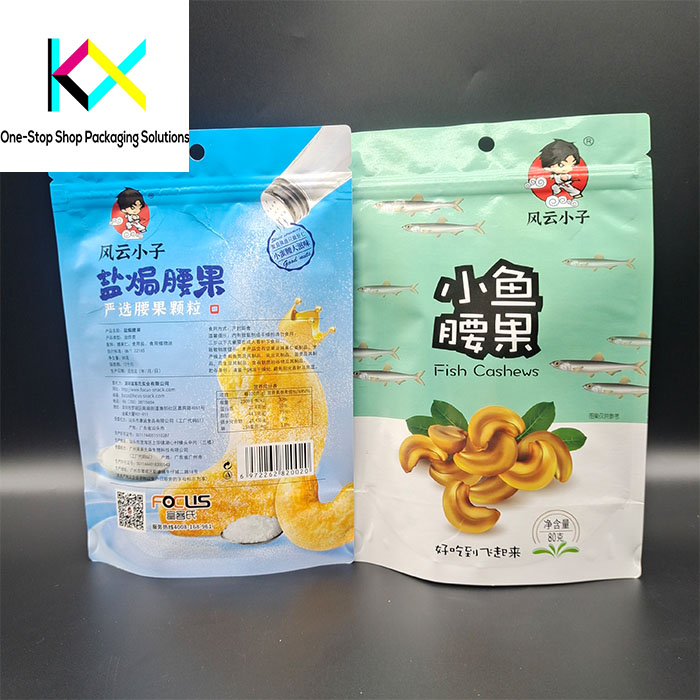
Circular Economy Integration
Sustainability mandates have catalyzed radical reinvention:
Post-consumer recycled (PCR) mylar structures now achieve 75% recycled content in Nestlé’s premium coffee line, maintaining barrier integrity through advanced compatibilizer additives.
Bio-engineered zipper systems fabricated from modified PHA polymers decompose in soil within 60 days – verified through ASTM D5988 testing protocols.
Detachable component ecosystems allow consumers to separate zippers, valves, and films into pure material streams for municipal recycling, while edible QR codes printed with squid-ink pigments vanish during commercial composting processes.
Thrive Market’s fungal-mycelium-bound resealable mylar bag achieves complete decomposition in backyard compost bins within 12 weeks, creating nutrient-rich humus rather than microplastic residue.
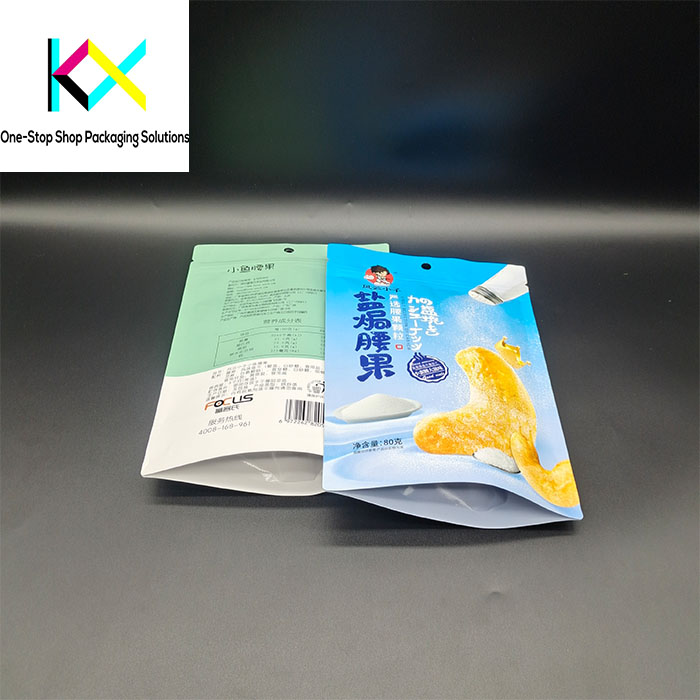
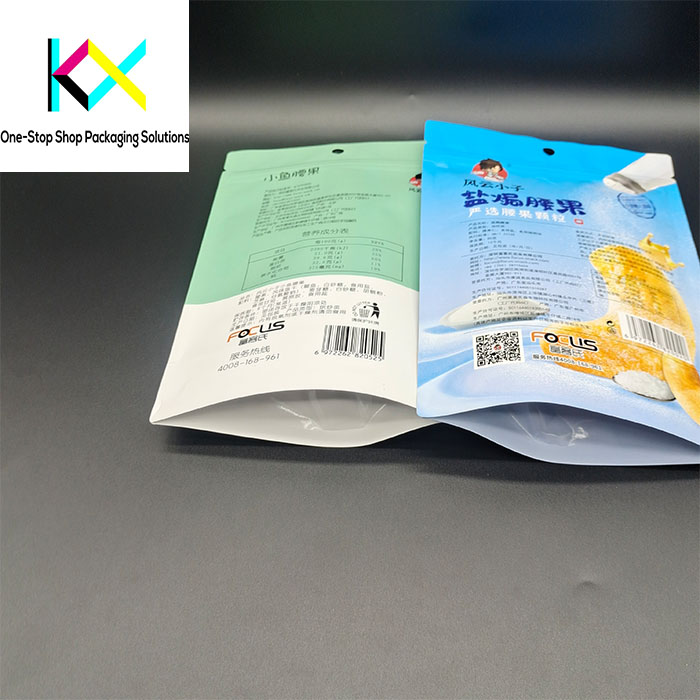
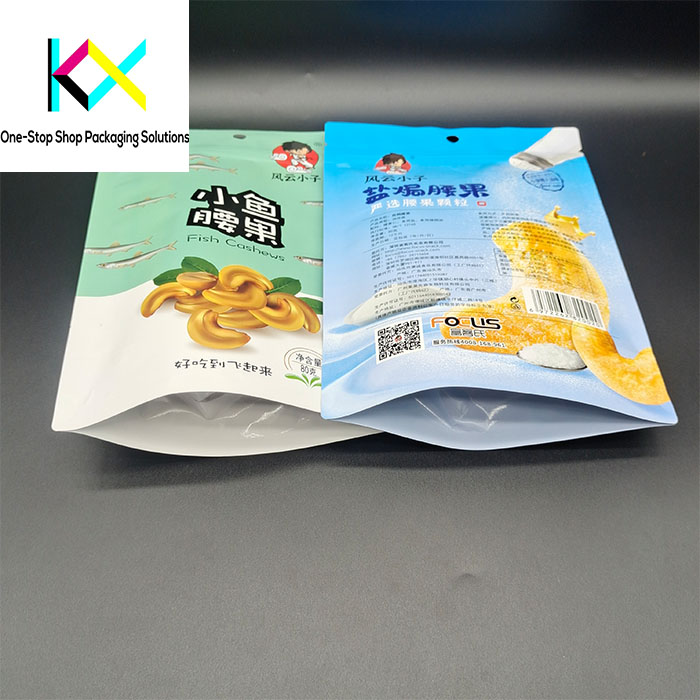
E-Commerce Defense Systems
With direct-to-consumer damage rates exceeding 41%, next-generation designs incorporate military-inspired protection:
Non-Newtonian shear-thickening fluids injected into corner guards instantly solidify upon impact, dissipating up to 100kg of crushing force before returning to liquid state.
Aerogel-insulated liners derived from silica aerogels maintain stable thermal microclimates for temperature-sensitive probiotics and chocolates during 96-hour transit without refrigeration.
Pressure-diffusing valves featuring labyrinthine membrane structures preserve seal integrity during high-altitude air freight and rapid pressure changes.
ButcherBox recorded an 87% reduction in damage claims after implementing hexagonal cellulose reinforcement matrices inspired by honeycomb structural engineering. For freeze-dried goods, phase-change panels maintain -20°C stability through crystallization technology.
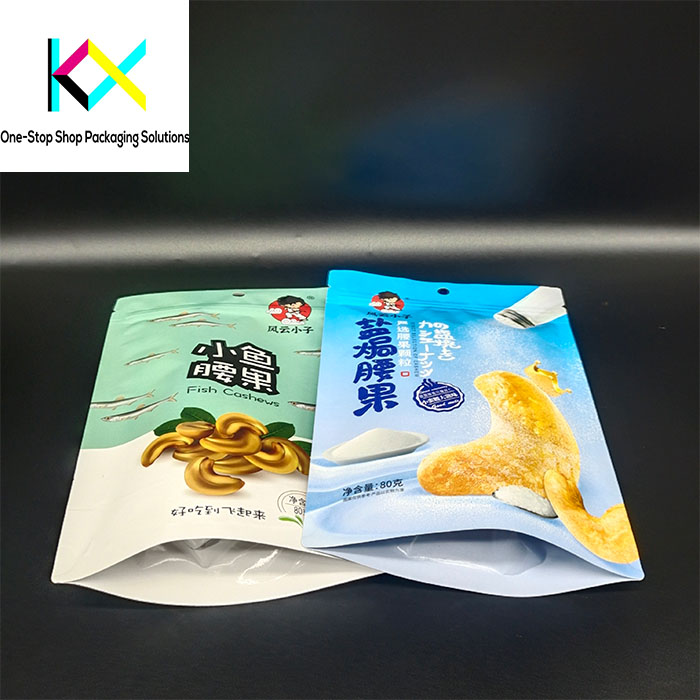
Intelligent Interaction Layer
Packaging now serves as an active quality guardian:
Printed electrochemical sensors detect early CO₂ buildup in coffee bags, triggering visual color-change alerts before flavor degradation occurs.
Blockchain-tracked provenance systems allow consumers to scan NFC chips revealing farm-level journey data, roasting timestamps, and carbon footprint calculations.
Augmented reality interfaces launch immersive preparation guides when smartphones scan pouch surfaces – Twinings’ Earl Grey pouches now display virtual tea sommeliers demonstrating optimal steeping techniques.
Soylent’s SmartPouch platform uses conductive ink circuits that push real-time temperature breach alerts to brand apps, while luxury coffee brands embed terpene-release patches activated by opening rituals to enhance multisensory experiences.
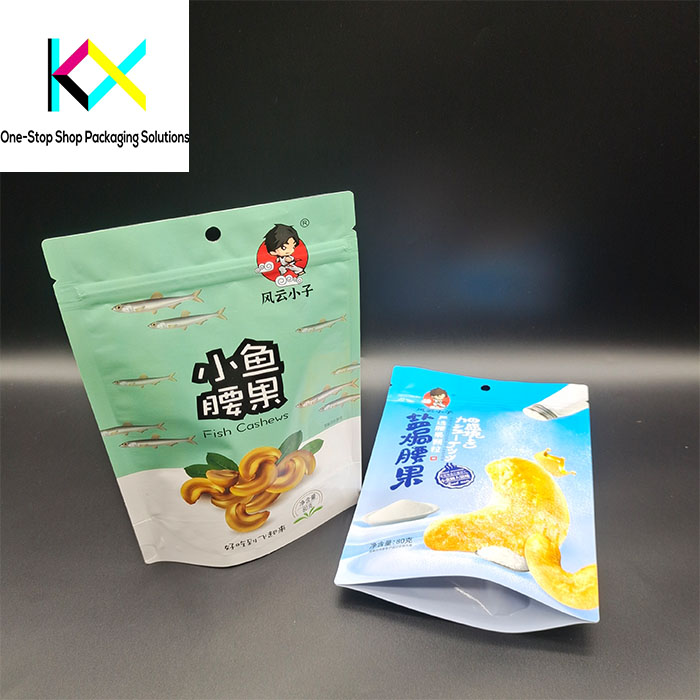
Global Compliance Engineering
Navigating fragmented regulations demands sophisticated adaptation strategies. European Union’s PPWR legislation has accelerated mono-material PE zipper systems compatible with existing recycling streams. California’s SB 54 mandates drive integration of 50% agricultural waste composites like coffee cherry husk into barrier layers. Japanese humidity challenges are met with bamboo-derived charcoal moisture regulators that actively balance internal atmospheres. Australia’s marine protection standards catalyze development of seaweed-based laminates certified for 120-day seawater biodegradation under ISO 18830 protocols.
Tyson’s adaptive resealable mylar bag platform exemplifies this approach – maintaining 85% universal components while customizing regional barrier layers, reducing compliance engineering costs by 45% while accelerating market entry.
The horizon gleams with promise: MIT’s self-healing films using crustacean-derived polymers automatically seal micro-punctures, while Patagonia Provisions’ carbon-negative production plants transform atmospheric CO₂ into mylar precursors. From blockchain-tracked freshness to space-grade material science, the resealable mylar bag now delivers unprecedented protection through relentless innovation – redefining preservation for the conscious consumer era.
You can visit our website to know more about our flexible packaging pouch:
